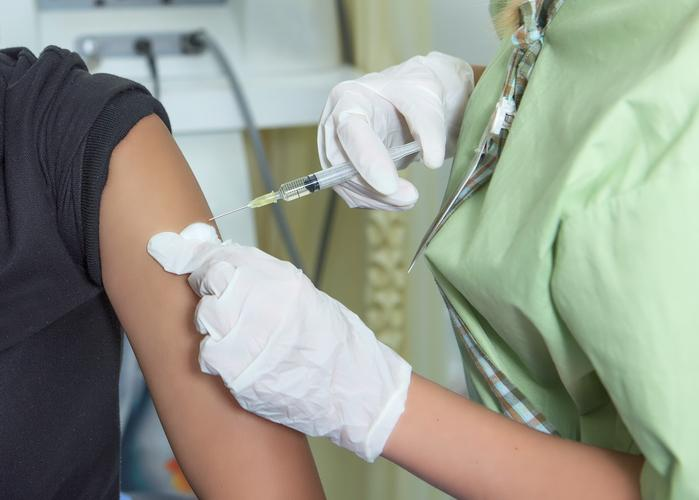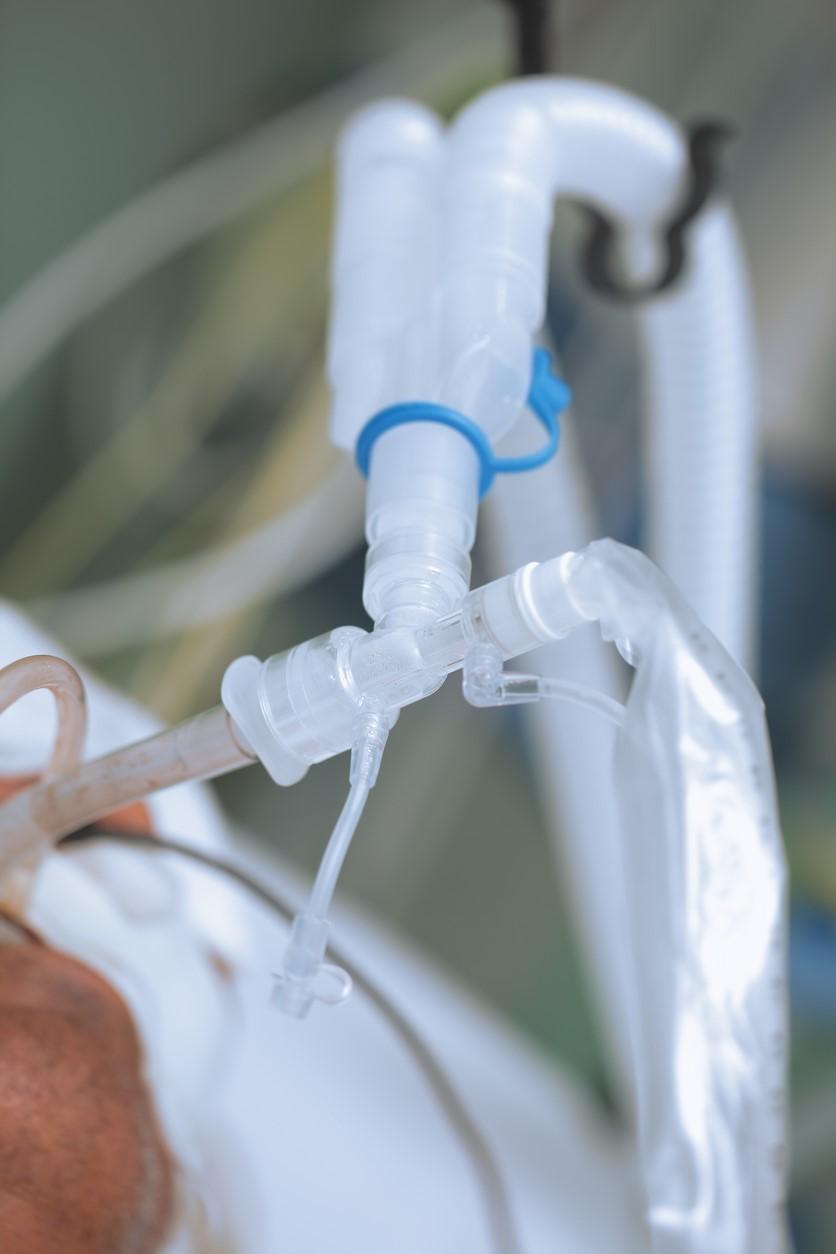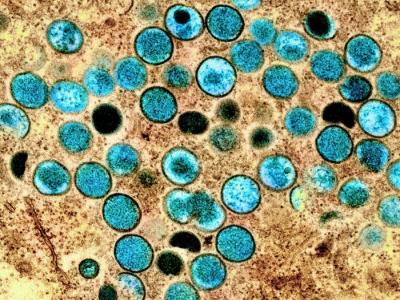
A Centers for Disease Control and Prevention (CDC) analysis finds that overall US teen vaccination uptake was similar in 2022 and 2023, with a decline in up-to-date human papillomavirus (HPV UTD) vaccination by age 13 among adolescents born in 2010 versus 2007.
CDC investigators used the 2015 to 2023 iterations of the National Immunization Survey-Teen of 16,658 participants aged 13 to 17 years (born from January 2005 to December 2010) to estimate 2023 coverage, recent patterns by birth year, and trends by eligibility for the no-cost Vaccines for Children (VFC) program.
The results were published in Morbidity and Mortality Weekly Report.
Expanding opportunities to vaccinate
In 2023, 89.0%, 88.4%, 76.8%, and 61.4% of 13- to 17-year-olds had received one or more doses of tetanus, diphtheria, and pertussis (Tdap), quadrivalent (four-strain) meningococcal conjugate (MenACWY), HPV, and HPV UTD vaccines, respectively. From 2022 to 2023, receipt of the serogroup B meningococcal and hepatitis A vaccines rose 3.0 and 1.9 percentage points, respectively.
Vaccinations can also be administered through school-based clinics, pharmacies, and back-to-school health events, which can provide expanded opportunities for adolescents to receive recommended vaccines.
Receipt of at least one vaccine dose against Tdap, MenACWY, and HPV by age 13 among VFC-eligible teens born from 2008 to 2010 was comparable to that of those born in 2007. But the proportions of VFC-eligible and -ineligible adolescents current with HPV vaccination were 10.3 and 7.1 percentage points lower, respectively, among those born in 2010 than those born in 2007.
Of teens born from 2003 to 2008, uptake of at least one dose of the Tdap and MenACWY vaccines by age 13 was lower among VFC-eligible than -ineligible adolescents, while coverage was similar for both groups born in 2009 and 2010.
"Health care providers should make strong recommendations for all routine vaccines and verify if adolescents, particularly those eligible for the VFC program, are up to date with all recommended vaccines," the authors wrote.
"Vaccinations can also be administered through school-based clinics, pharmacies, and back-to-school health events, which can provide expanded opportunities for adolescents to receive recommended vaccines," they added.

.jpg)











